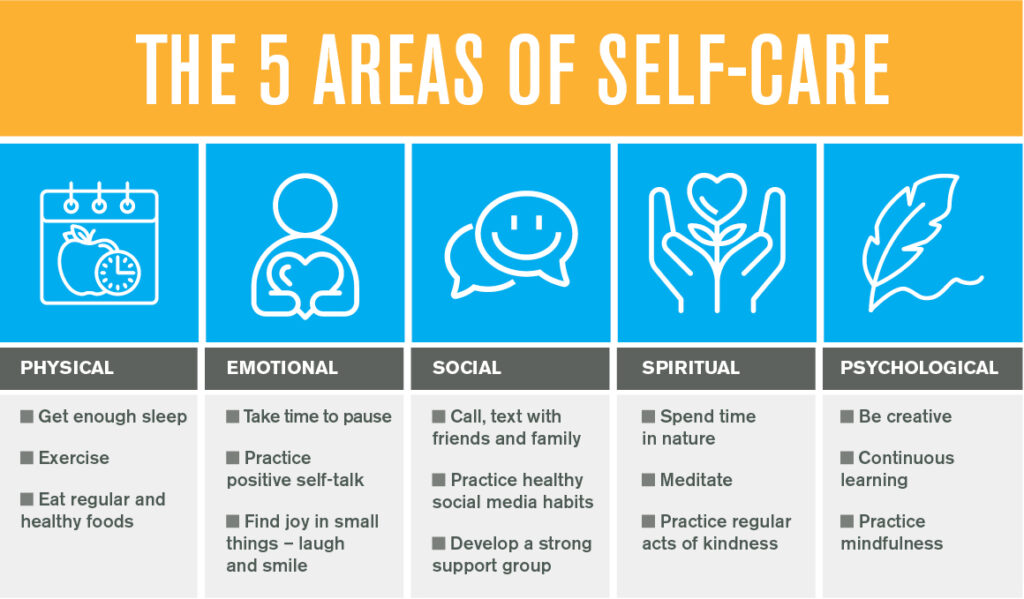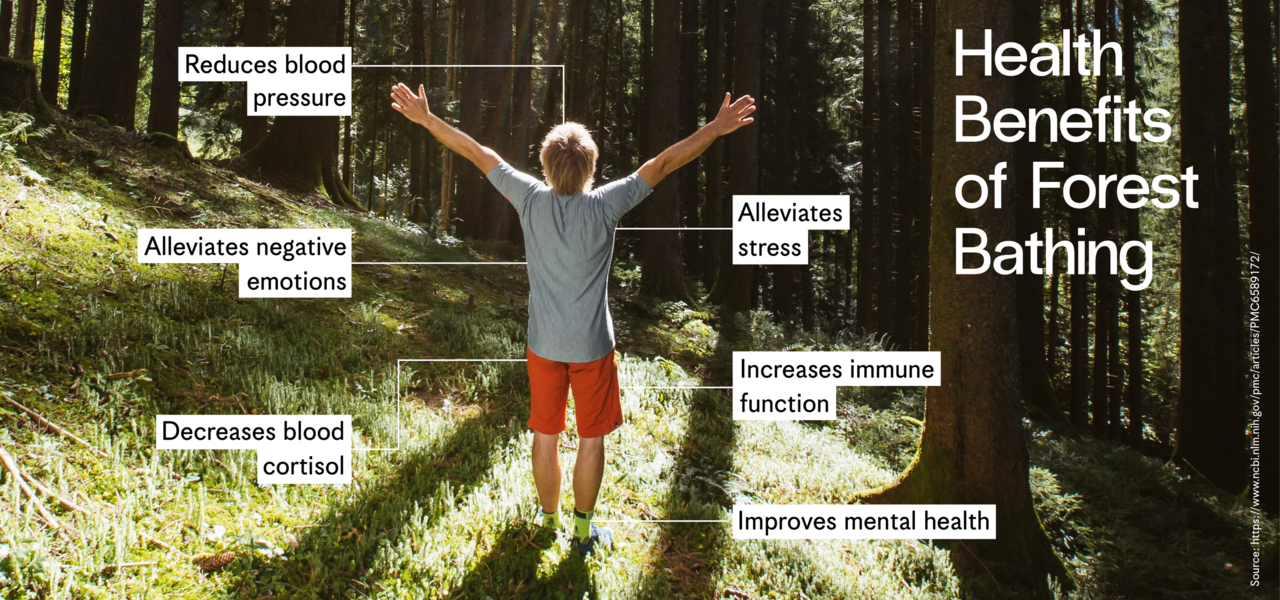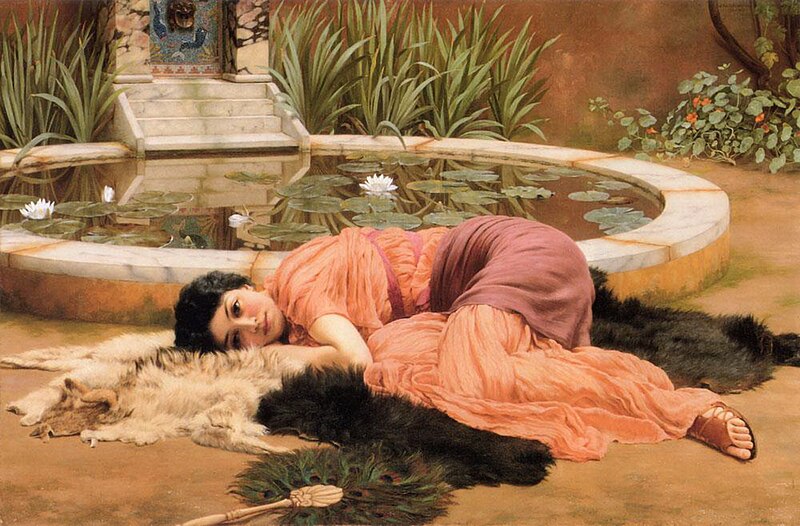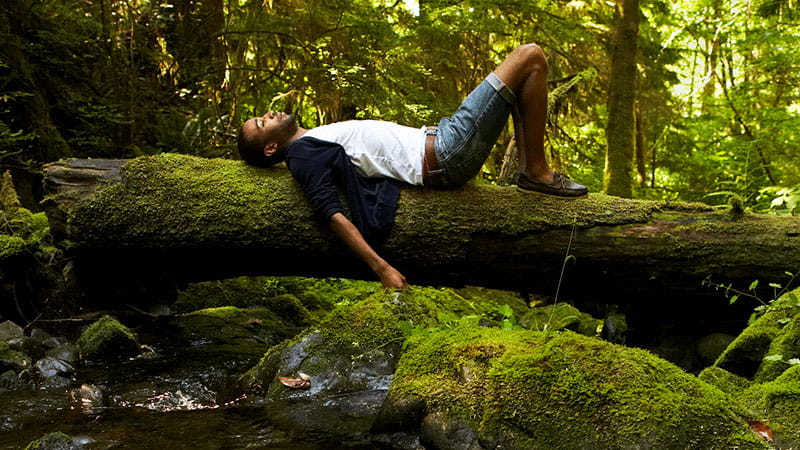In today’s fast-paced world,
…where the relentless grind of work often takes precedence over personal well-being, finding time for self-care has become a revolutionary act. Particularly in the U.S., where people notoriously take the least vacation days, many of us struggle to slow down and savor life. However, by embracing new and innovative self-care practices and learning from European lifestyles, we can cultivate a more balanced and fulfilling way of living.

Innovative Ways to Practice Self-Care and Self-Love

- Digital Detox Days
- Why It’s Important: Constant connectivity can lead to burnout and stress.
- How to Do It: Schedule regular days or hours where you disconnect from all digital devices. Use this time to engage in offline activities like reading a book, taking a walk, or practicing mindfulness.

- Mindful Micro-Breaks
- Why It’s Important: Short, intentional breaks can rejuvenate the mind and body.
- How to Do It: Set a timer to remind yourself to take a 5-minute break every hour. During this time, stretch, meditate, or simply breathe deeply and relax.

- Personalized Wellness Rituals
- Why It’s Important: Tailoring self-care routines to your preferences enhances their effectiveness.
- How to Do It: Create a personalized wellness plan that includes activities you love, whether it’s a hot bath with essential oils, a yoga session, or journaling. Make it a non-negotiable part of your daily routine.

- Nature Immersion
- Why It’s Important: Spending time in nature has proven benefits for mental health and stress reduction.
- How to Do It: Plan regular outings to natural settings. Even a short walk in a nearby park can boost your mood and refresh your spirit.

The Science of Creativity
The arts are transformational and engage our hearts, our minds, and our souls. They have universal appeal and elevate empathy, compassion, and connection on an individual level. From a societal perspective, art can be a unifying force to decreasing social barriers and strengthening interpersonal connections.
Creative expression also has the power to improve wellbeing by helping us understand ourselves and shifting perspectives that reinforce positive behaviors. Physiologically, making art has powerful effects on our bodies: reducing blood pressure, bolstering our immune system, improving brain cognition, and fighting inflammation.
- Creative Expression
- Why It’s Important: Engaging in creative activities can provide a therapeutic outlet and enhance emotional well-being.
- How to Do It: Explore artistic hobbies like painting, writing, or playing music. Don’t worry about the outcome—focus on the joy of creation.
- Conscious Consumption
- Why It’s Important: Being mindful of what you consume, whether it’s food or media, impacts your overall health.
- How to Do It: Choose nutritious foods that nourish your body and limit exposure to negative media. Practice gratitude for the food you eat and the information you consume.
- Community and Connection
What Is Conscious Consumption?
SOURCE: https://www.themomentum.com/articles/what-is-conscious-consumption-and-why-is-it-important#:~:text=Conscious%20consumption%20simply%20means%20to,world%20you%20want%20to%20see.
Conscious consumption simply means to engage in the economy with more awareness of how your choices impact the environment and society as a whole.
As a conscious consumer, every purchase reflects your core values and is an opportunity to vote for the world you want to see. With everything we want and need, one click away, becoming a conscious consumer takes commitment and a lot of mindfulness.
1. Consume Less
2. Do your Research
3. Buy Fair Trade Products
4. Say No to Single Use Plastics
5. Repair and Repurpose
6. Buy Second-Hand Whenever you Can
7. Shop Local
8. Beware of Greenwashing
- Why It’s Important: Building supportive relationships can enhance your sense of belonging and happiness.
- How to Do It: Prioritize spending time with loved ones and participating in community activities. Join clubs or groups that align with your interests to meet new people.

The Art of Dolce Far Niente
Dolce Far Niente translates to “the sweetness of doing nothing,” a concept that embodies the pleasure of idleness and the beauty of simply being. This Italian phrase highlights the importance of slowing down and enjoying life without the constant pressure to be productive.
- Incorporate Dolce Far Niente into Your Life:
- Leisurely Meals: Take time to savor your meals without distractions. Engage in conversations or simply enjoy the flavors and textures of your food.
- Unstructured Time: Allow yourself moments in the day without a specific agenda. Use this time to daydream, reflect, or observe the world around you.
- Mindful Relaxation: Practice being present in your downtime. Instead of multitasking, focus on enjoying one relaxing activity at a time.

Why Europeans Enjoy a Better Lifestyle
Europeans often enjoy a higher quality of life compared to their American counterparts, and much of this can be attributed to their more relaxed approach to work and leisure. Here’s why:
- Work-Life Balance: Europeans generally prioritize a healthy work-life balance. Many countries have shorter workweeks, and longer, mandatory vacations are common.
- Cultural Emphasis on Leisure: In Europe, leisure is considered an essential part of life. Activities such as long lunches, afternoon breaks, and regular vacations are integral to their routine.
- Public Policies: European governments often support policies that promote work-life balance, such as paid parental leave and shorter working hours.
In contrast, people in the U.S. tend to take the least amount of vacation days. The relentless pursuit of productivity and the cultural norm of equating busyness with success can lead to chronic stress and burnout. To combat this, it’s crucial to adopt a mindset that values downtime and personal well-being.

How to Slow Down and Take Care of Yourself
- Prioritize Downtime: Make rest and relaxation a priority in your schedule. Treat it as you would an important meeting or deadline.
- Set Boundaries: Establish clear boundaries between work and personal time. Avoid checking work emails or taking calls outside of work hours.
- Embrace Minimalism: Simplify your life by decluttering your space and focusing on what truly matters. This can reduce stress and create more time for relaxation.
- Practice Mindfulness: Engage in activities that promote mindfulness, such as meditation, yoga, or mindful walking. Being present can help you appreciate the moment and reduce anxiety.
- Take Regular Vacations: Use your vacation days to truly disconnect from work. Travel, explore new places, or simply enjoy a staycation.
Embracing innovative self-care practices and learning from European lifestyles can help us slow down and enjoy life more fully. By prioritizing rest, relaxation, and the art of dolce far niente, we can cultivate a healthier, more balanced approach to living. It’s time to redefine success, not by how much we work, but by how well we live and love ourselves.
So, take a step back, breathe deeply, and savor the sweetness of simply being. Your well-being is worth it.
DEFINITION: TO BE,BEING…
noun
- existence.
Similar: existence living life animation animateness aliveness reality actuality essential nature life blood vital force entity essence - the nature or essence of a person.
“sometimes one aspect of our being has been developed at the expense of the others
“Similar: soul spirit nature essence substance entity inner being inner self psyche heart.


Leave a comment